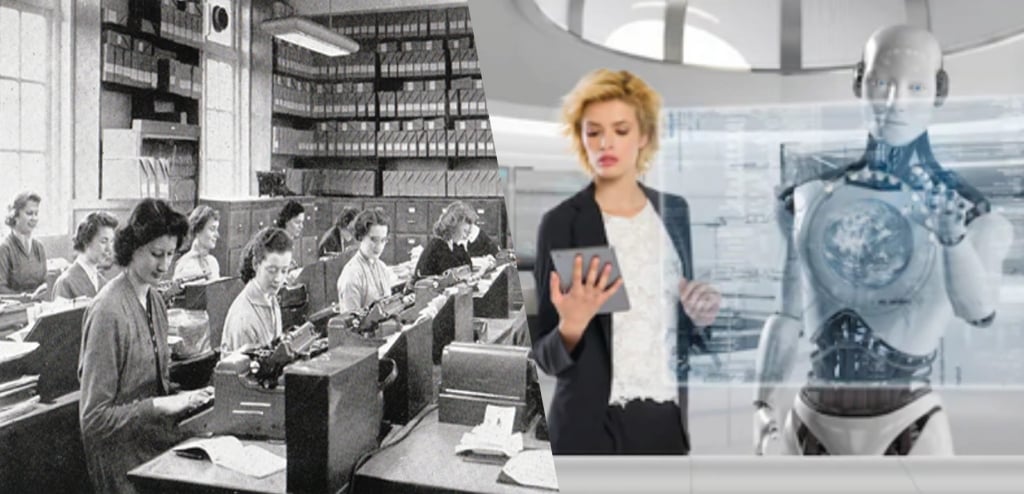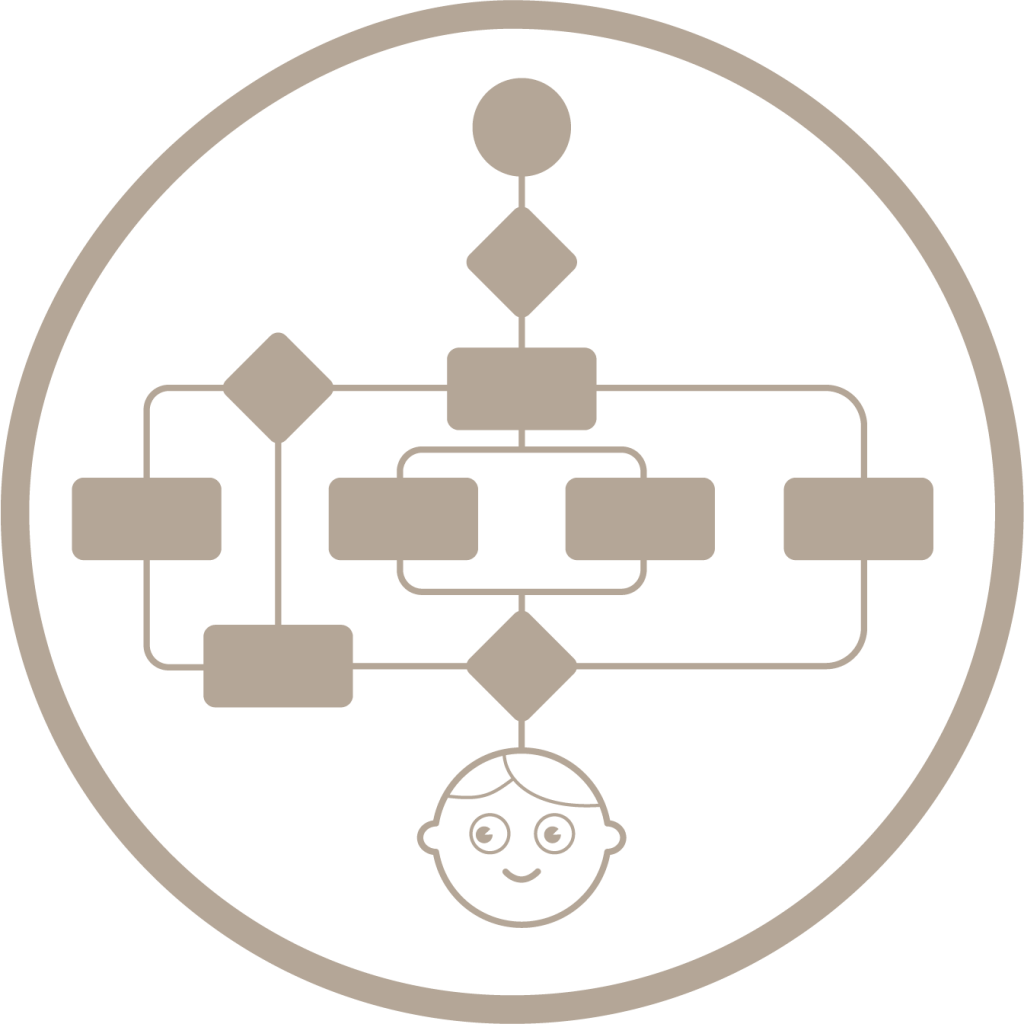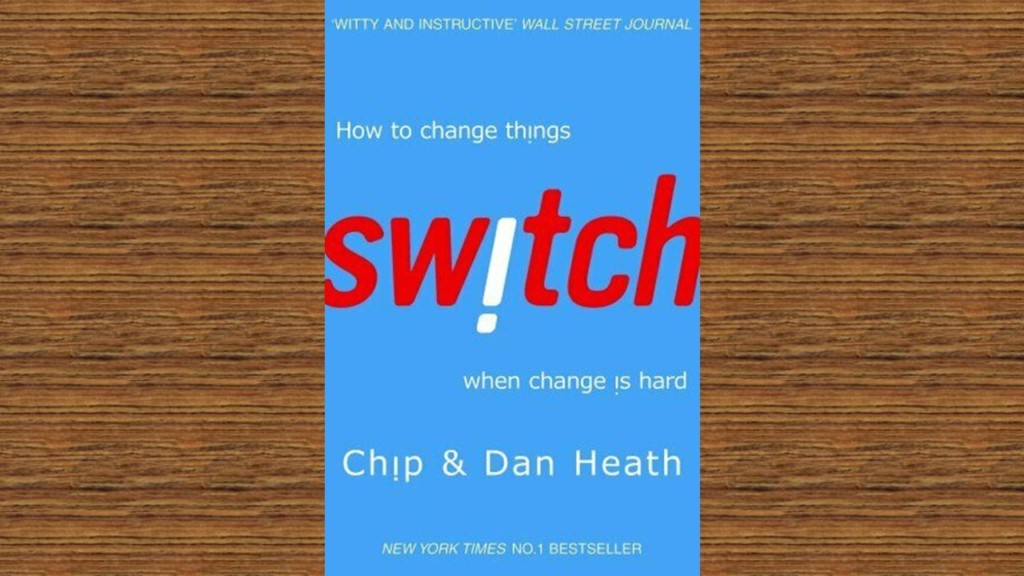A new game needs new rules
By Mark Vincent
Share

The fixed hierarchical organisations commonly used today were initially developed at the end of the 19th Century. Their roots can be traced to Frederick Taylor’s scientific management theory and his learning from the steel industry, along with the pioneering work of the Ford Motor Company. The problem they were solving back then was how to take groups of relatively unskilled people and have them operating at scale, whilst simultaneously improving consistency, efficiency and productivity. It has served us very well while the direction of travel has been relatively stable and predictable, but that isn’t the world we live in now.
Technology and globalisation are driving a pace of change that is unrecognisable, even compared to 20 years ago and the future is far less predictable. The levels of innovation and adaptability needed to deal with this uncertainty are forcing us to rethink how we collaborate and organise ourselves. We are already seeing the increasing adoption of more fluid structures with far quicker decision processes taken by expert teams with high autonomy.
Companies such as WL Gore, Spotify and many others have been pioneering new ways of organising themselves for some time. They have recognised that, when leading highly skilled people in a fast paced environment, the emphasis needs to shift from managing and controlling to leading and inspiring. The focus is on unleashing all the human creative potential and brainpower within the organisation, not just the few at the top.
Innovation is not a top down process
And yet many companies still adopt a more rigid, efficiency driven top-down organisational mindset. Fixed structures can tend to reinforce the status quo and inflate egos, thereby stifling communication and innovation. In extreme cases I’ve seen executives even refusing to communicate directly with anyone unless along strict hierarchical lines. I’ve seen senior and experienced managers frowned upon for discussing ideas directly with the CEO or other senior executives and not via their line manager. Developing ideas and making decisions in that environment is generally a long slow, often painful process.
This is a luxury that organisations can no longer afford.
Innovation is actually a messy and unpredictable human process. It requires a blend of skills, strong communication and trust between people. Great, even world changing, ideas often start out badly formed and unworkable but as they are refined they increase in potential.
Recent history is already showing us that the organisations most able to weather this faster pace of innovation will be those with fluid structures and open communication channels, underpinned, of course, by high levels of trust. So I think we’ll see more emphasis on this in the near future.
If you’d like to dig a little deeper on these ideas I can recommend the following as a place to start:
[visual-link-preview encoded=”eyJ0eXBlIjoiZXh0ZXJuYWwiLCJwb3N0IjowLCJwb3N0X2xhYmVsIjoiIiwidXJsIjoiaHR0cHM6Ly93d3cudGVkLmNvbS90YWxrcy9yaWNhcmRvX3NlbWxlcl9ob3dfdG9fcnVuX2FfY29tcGFueV93aXRoX2FsbW9zdF9ub19ydWxlcyN0LTEyODc4MzMiLCJpbWFnZV9pZCI6LTEsImltYWdlX3VybCI6Imh0dHBzOi8vcGkudGVkY2RuLmNvbS9yL3BlLnRlZGNkbi5jb20vaW1hZ2VzL3RlZC8wN2VjZTgzZGQ3N2Y3NThkZDJjOTJlM2ZjYjBlZTZiNDA0ZGM0OWEyXzI4ODB4MTYyMC5qcGc/Yz0xMDUwJTJDNTUwJnc9MTA1MCIsInRpdGxlIjoiSG93IHRvIHJ1biBhIGNvbXBhbnkgd2l0aCAoYWxtb3N0KSBubyBydWxlcyIsInN1bW1hcnkiOiJXaGF0IGlmIHlvdXIgam9iIGRpZG7igJl0IGNvbnRyb2wgeW91ciBsaWZlPyBCcmF6aWxpYW4gQ0VPIFJpY2FyZG8gU2VtbGVyIHByYWN0aWNlcyBhIHJhZGljYWwgZm9ybSBvZiBjb3Jwb3JhdGUgZGVtb2NyYWN5LCByZXRoaW5raW5nIGV2ZXJ5dGhpbmcgZnJvbSBib2FyZCBtZWV0aW5ncyB0byBob3cgd29ya2VycyByZXBvcnQgdGhlaXIgdmFjYXRpb24gZGF5cyAodGhleSBkb27igJl0IGhhdmUgdG8pLiIsInRlbXBsYXRlIjoic2ltcGxlIn0=”]
[visual-link-preview encoded=”eyJ0eXBlIjoiZXh0ZXJuYWwiLCJwb3N0IjowLCJwb3N0X2xhYmVsIjoiIiwidXJsIjoiaHR0cHM6Ly95b3V0dS5iZS9QYzdFVlhuRjJhSSAiLCJpbWFnZV9pZCI6LTEsImltYWdlX3VybCI6Imh0dHBzOi8vaW1nLnlvdXR1YmUuY29tL3ZpL1BjN0VWWG5GMmFJL3NkZGVmYXVsdC5qcGciLCJ0aXRsZSI6IlRoZSBFdm9sdXRpb24gb2YgdGhlIDIxc3QgQ2VudHVyeSBPcmdhbml6YXRpb24iLCJzdW1tYXJ5IjoiSm9obiBLb3R0ZXIgZGlzY3Vzc2VzIGhvdyBtdWNoIGZhc3RlciB0aGUgd29ybGQgaXMgY2hhbmdpbmcgdG9kYXkgYW5kIGhvdyB0aGF0IGNoYW5nZSBpcyBoYXBwZW5pbmcgbXVjaCBmYXN0ZXIgdGhhbiBtYW55IG9yZ2FuaXNhdGlvbnMgY2FuIHJlc3BvbmQuIEhlIGV4cGxvcmVzIHNvbWUgb2YgdGhlIHN0cnVjdHVyYWwgcmVhc29ucyBiZWhpbmQgdGhpcyIsInRlbXBsYXRlIjoic2ltcGxlIn0=”]
And finally, one of my favourites, Margaret Heffernan, takes an interesting perspective on how being human will help us in an unpredictable world.
[visual-link-preview encoded=”eyJ0eXBlIjoiZXh0ZXJuYWwiLCJwb3N0IjowLCJwb3N0X2xhYmVsIjoiIiwidXJsIjoiaHR0cHM6Ly93d3cudGVkLmNvbS90YWxrcy9tYXJnYXJldF9oZWZmZXJuYW5fdGhlX2h1bWFuX3NraWxsc193ZV9uZWVkX2luX2FuX3VucHJlZGljdGFibGVfd29ybGQ/dXRtX2NhbXBhaWduPXRlZHNwcmVhZCZ1dG1fbWVkaXVtPXJlZmVycmFsJnV0bV9zb3VyY2U9dGVkY29tc2hhcmUgIiwiaW1hZ2VfaWQiOi0xLCJpbWFnZV91cmwiOiJodHRwczovL3BpLnRlZGNkbi5jb20vci90YWxrc3Rhci1waG90b3MuczMuYW1hem9uYXdzLmNvbS91cGxvYWRzLzY2Y2RmZmZlLTU3ZjYtNDI0Yy04ZTVkLTk5MTZiZDM2NjA1OC9NYXJnYXJldEhlZmZlcm5hbl8yMDE5VC1lbWJlZC5qcGc/Yz0xMDUwJTJDNTUwJnc9MTA1MCIsInRpdGxlIjoiVGhlIGh1bWFuIHNraWxscyB3ZSBuZWVkIGluIGFuIHVucHJlZGljdGFibGUgd29ybGQiLCJzdW1tYXJ5IjoiVGhlIG1vcmUgd2UgcmVseSBvbiB0ZWNobm9sb2d5IHRvIG1ha2UgdXMgZWZmaWNpZW50LCB0aGUgZmV3ZXIgc2tpbGxzIHdlIGhhdmUgdG8gY29uZnJvbnQgdGhlIHVuZXhwZWN0ZWQsIHNheXMgd3JpdGVyIGFuZCBlbnRyZXByZW5ldXIgTWFyZ2FyZXQgSGVmZmVybmFuLiBTaGUgc2hhcmVzIHdoeSB3ZSBuZWVkIGxlc3MgdGVjaCBhbmQgbW9yZSBtZXNzeSBodW1hbiBza2lsbHMiLCJ0ZW1wbGF0ZSI6InNpbXBsZSJ9″]
At Applied Change our goal is to continue pioneering in the topic of change, so we can help more organisations and more worthy causes to succeed in a world of increasing uncertainty. We can’t stop the world changing but we can be ready for it.
Get in touch
If you’re not achieving your goals or want get more done in your business, we can help.
Whether it’s supporting you, growing your leadership team or directly helping you to make something happen, contact us on (+44) 0800 612 3548 or click the button below.
Alternatively sign up below to be the first to know about our events and receive free resources and insider tips.
Related content
Why Would They Want To?
In business change and transformation it’s easy to focus on the wrong things when in fact the answers are often hiding in plain sight
The Secret to Making Organisational Change Feel Less Overwhelming
After the global events of recent years, it’s no wonder many of us are likely to think of change as a fast-paced sprint that can be unpredictable, unplanned and overwhelming. However a focus on certain core principles can be the key to ensuring that the change is an overwhelming success rather than just overwhelming!
Why people choose us
Our clients tell us its not just what we do but how we do it that matters to them
Switch: How to change things when change is hard
One of our favourite books on change, whether at a personal level, in organisations or at a global scale. They use a simple and really useful elephant and rider analogy to get across how we all deal with change. Also includes some amazing case studies and useful tips.





